P
You are using an out of date browser. It may not display this or other websites correctly.
You should upgrade or use an alternative browser.
You should upgrade or use an alternative browser.
American Aviation
- Thread starter Bootie
- Start date
P
PoorOldSpike
Guest
Rommel and officers inspect downed P-40
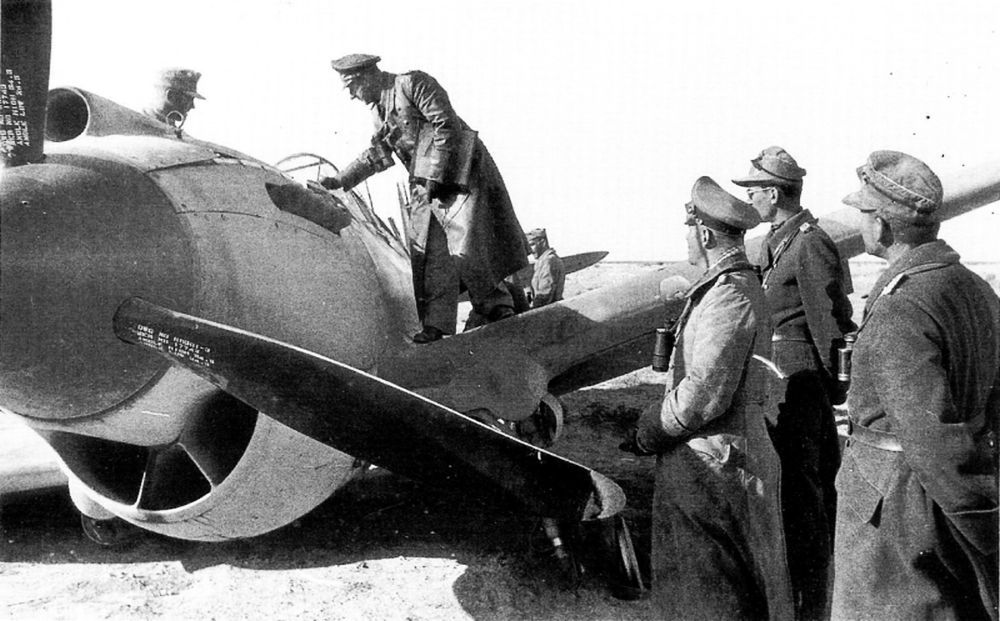

P
PoorOldSpike
Guest
B-26 Marauder
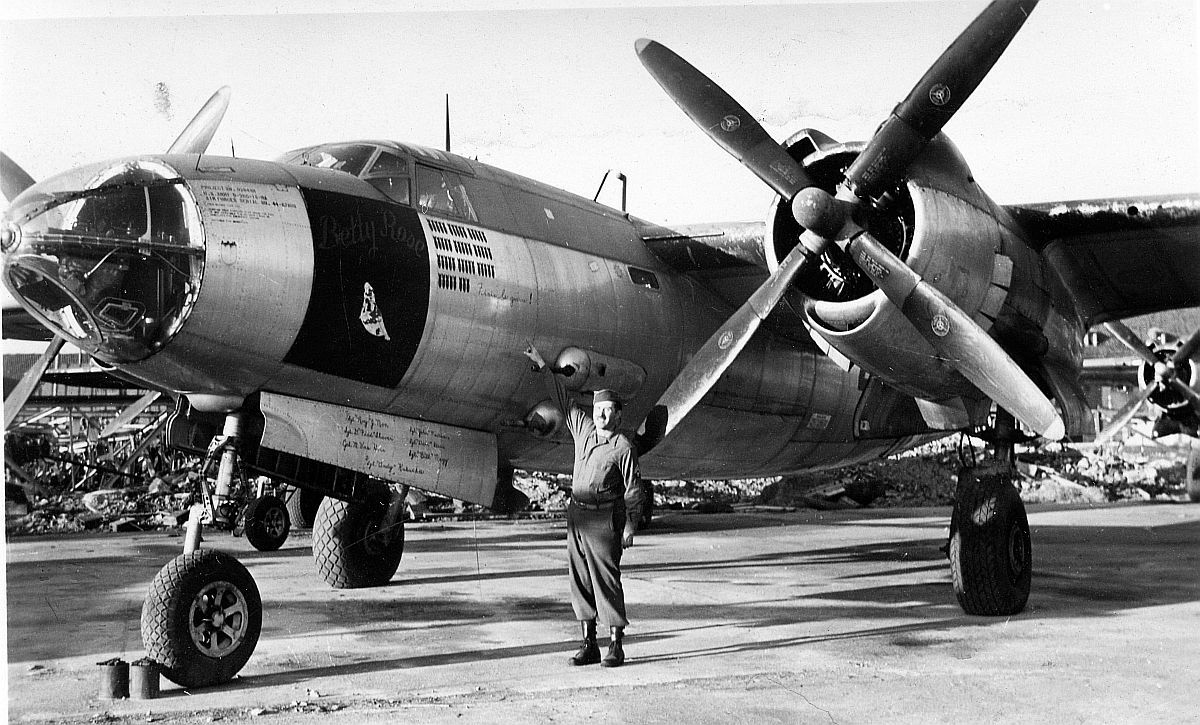

P
PoorOldSpike
Guest
B-29 Iwo Jima
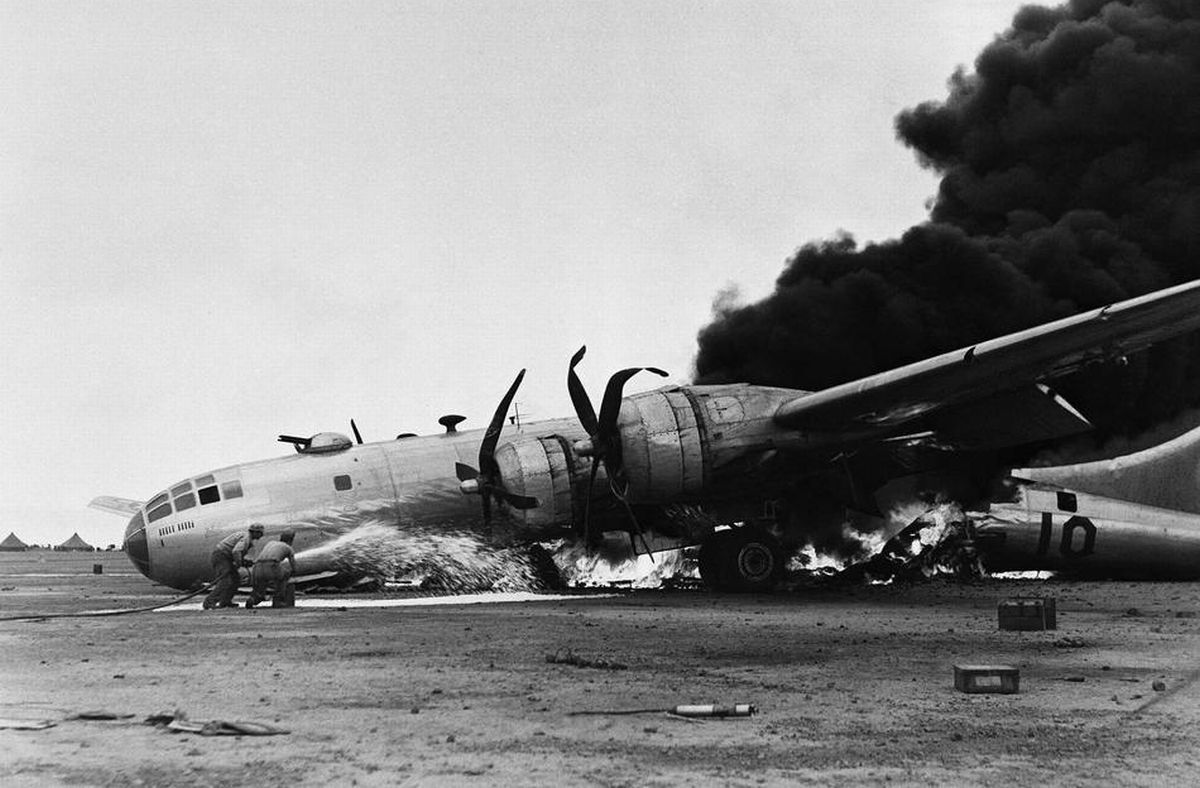

P
PoorOldSpike
Guest
B-29 Iwo Jima 1945
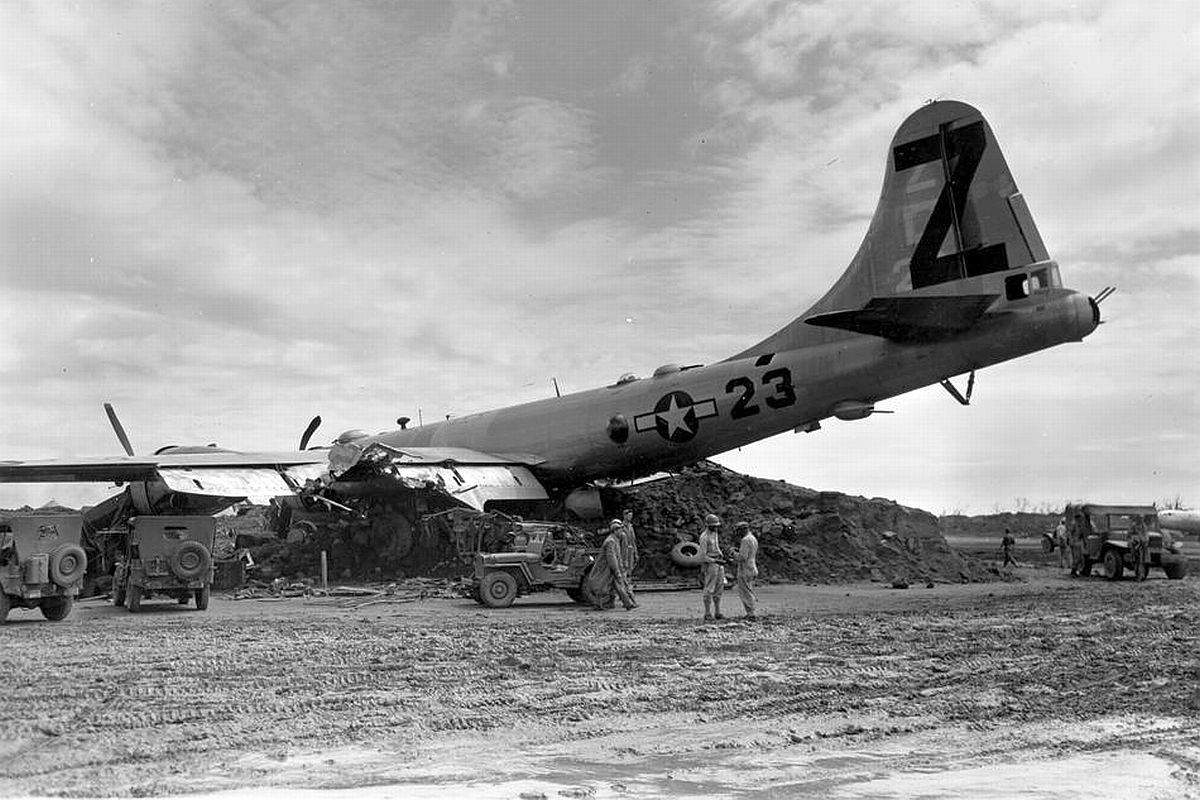

P
PoorOldSpike
Guest
B-29 Saipan
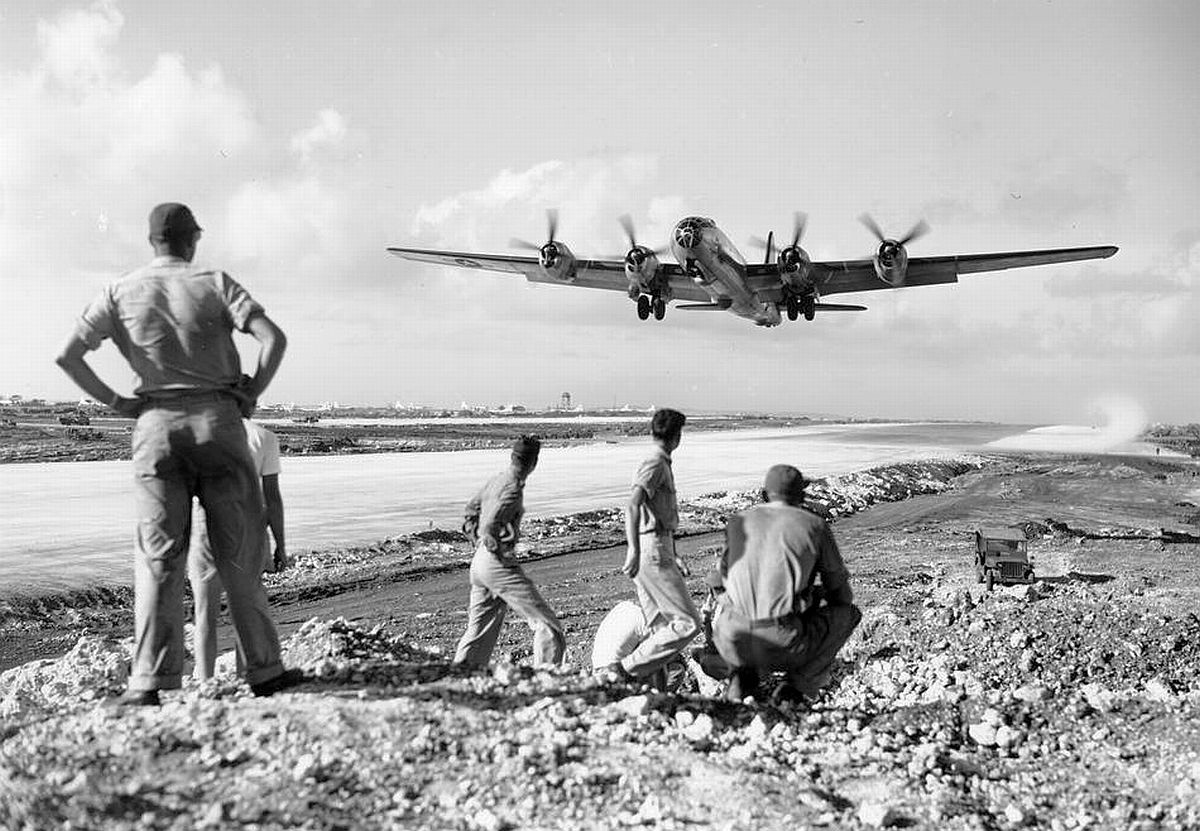

P
PoorOldSpike
Guest
Helldivers near Saipan
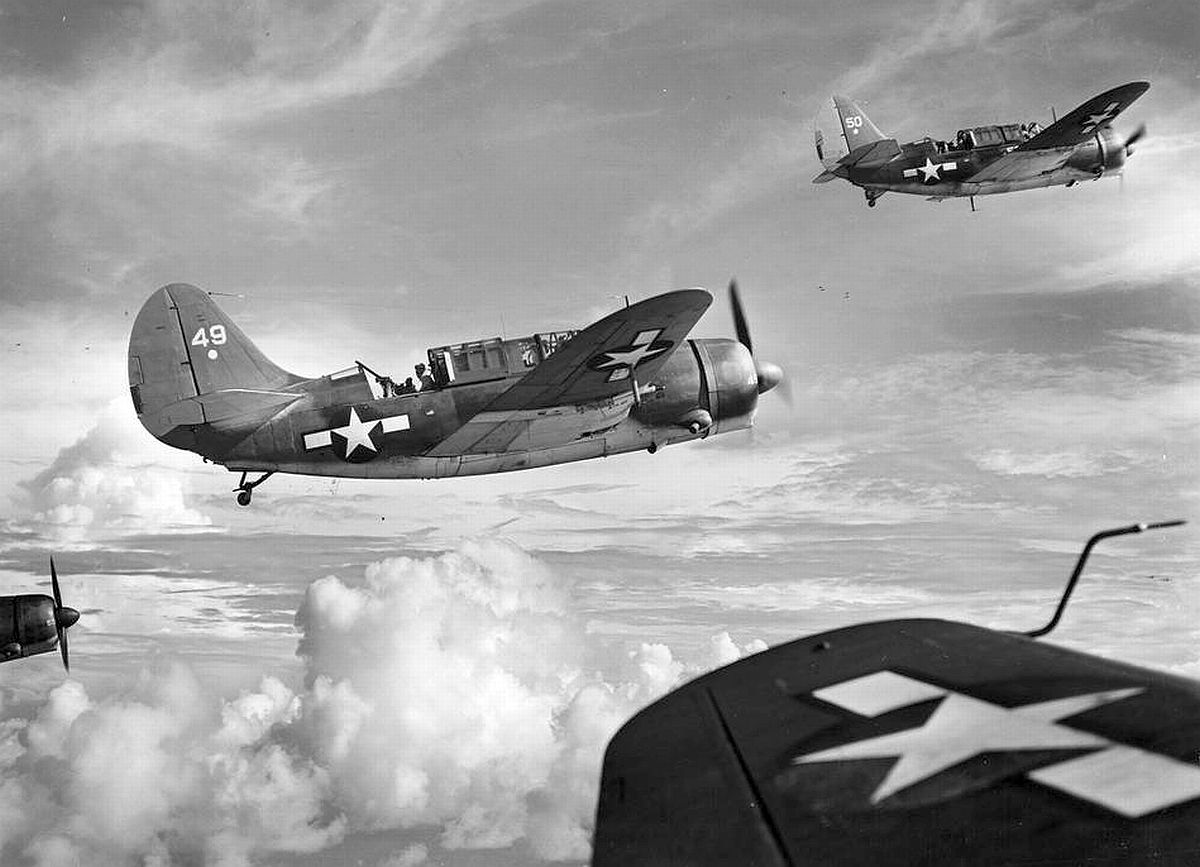

P
PoorOldSpike
Guest
Hellcat, Henderson Fld, Guadalcanal
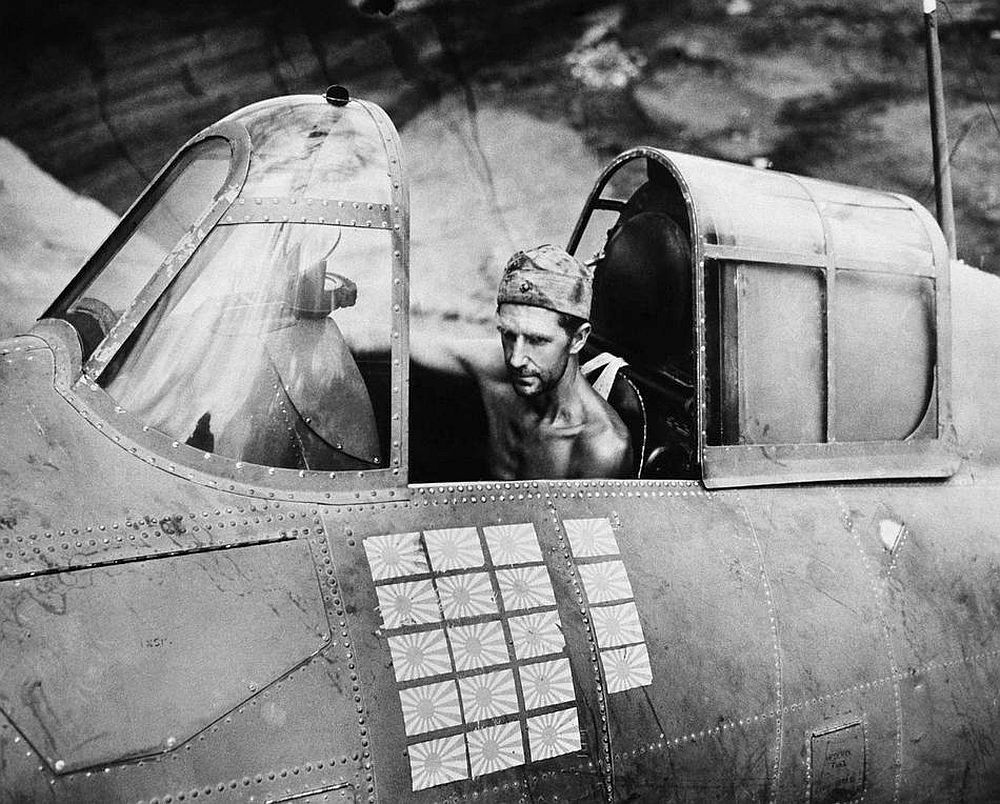

P
PoorOldSpike
Guest
B-29 bombing up, Saipan
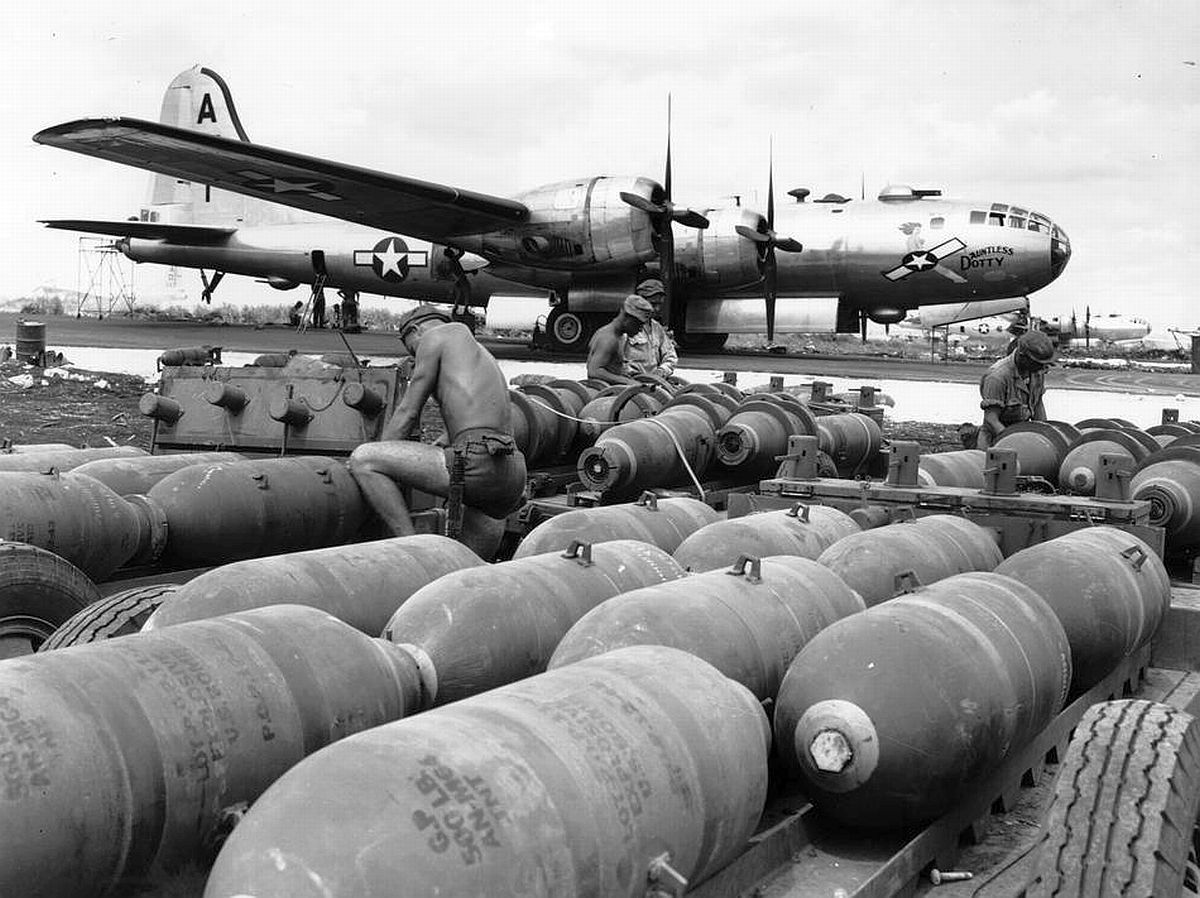

P
PoorOldSpike
Guest
B-24 bombing Salamua, New Guinea 1943


P
PoorOldSpike
Guest
B-25 Doolittle Raider leaving the Yorktown
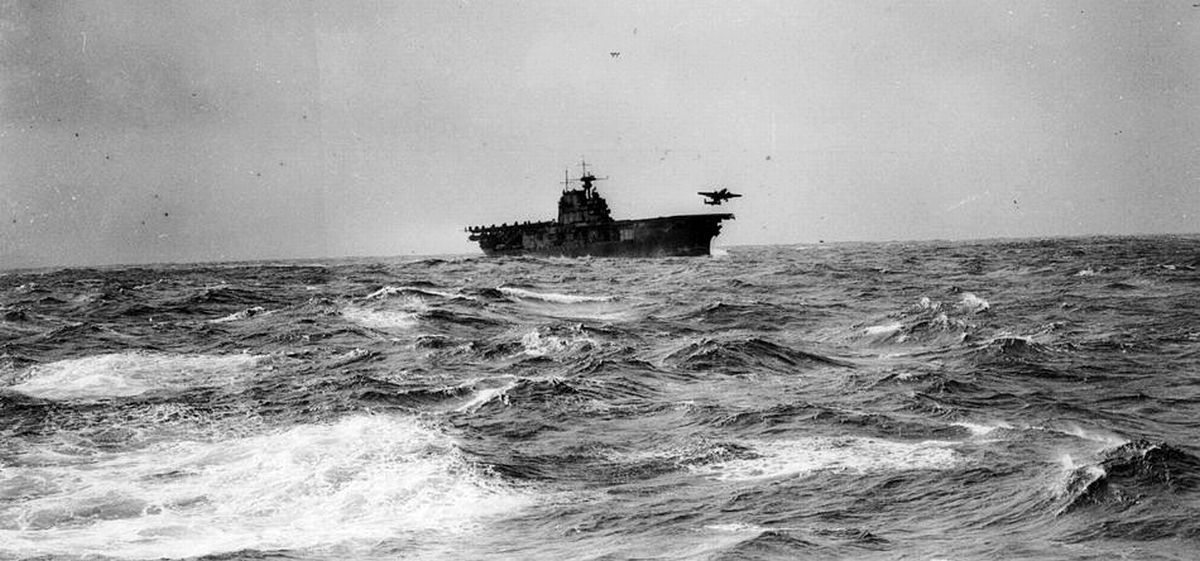

P
PoorOldSpike
Guest
Dauntlesses on USS Santee, convoy escort, Atlantic
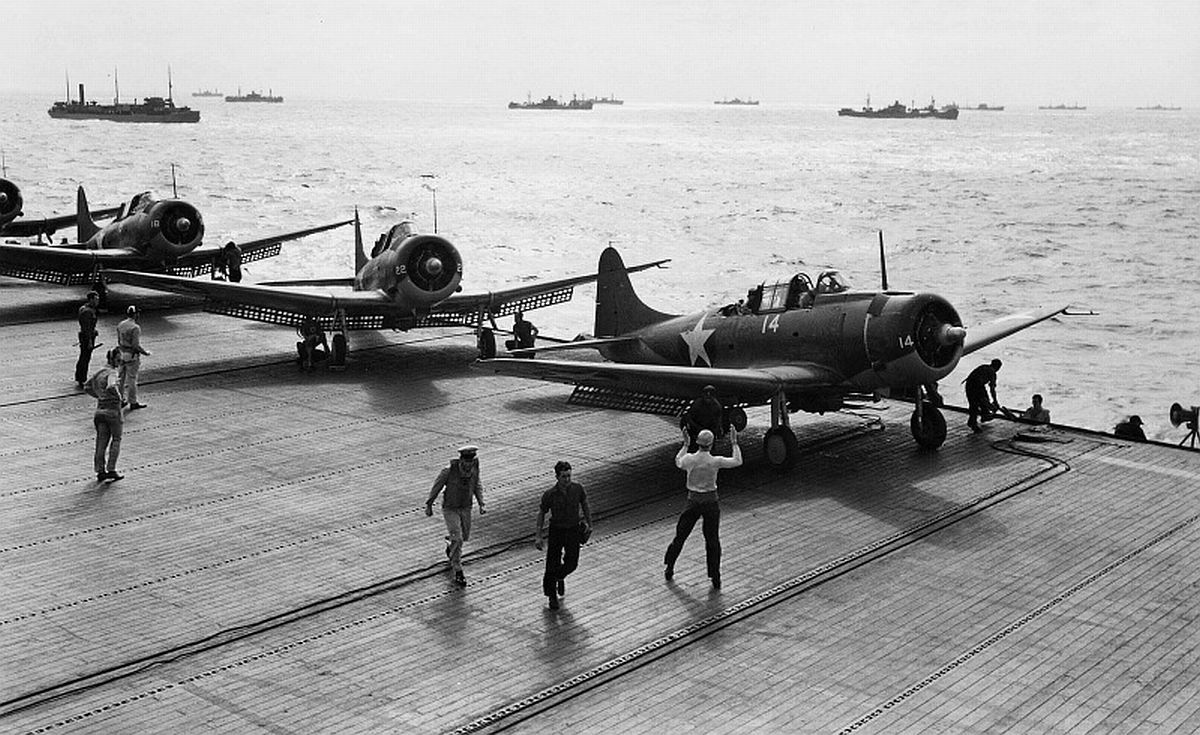

The crew of B-29 Superfortress bomber "Waddy's Wagon" duplicate their caricatures on the side of the plane. The aircraft took part in the first mission to bomb Tokyo from Saipan in November 1944. The entire crew was later killed when 'Waddy's Wagon' was shot down on Jan. 9, 1945.
Crew members, posing here to duplicate their caricatures on the plane, are:

The engine of an American B-26 Marauder bomber falls off after the plane was hit by ground fire over the French city of Toulon in 1942.

Crew members, posing here to duplicate their caricatures on the plane, are:
- Plane Commander, Captain Walter R. "Waddy" Young, Ponca City, Oklahoma, former All-American end.
- Lieutenant Jack H. Vetters, Corpus Christi, Texas, co-pilot.
- Lieutenant John F. Ellis, Moberly, Missouri, bombardier.
- Lieutenant Paul R. Garrison, Lancaster, Pennsylvania, navigator.
- Sergeant George E. Avon, Syracuse, New York, radio operator.
- Lieutenant Bernard S. Black, Woodhaven, New York, Flight Engineer.
- Sergeant Kenneth M. Mansie of Randolph, Maine, Flight Technician
- Sergeant Lawrence L. Lee of Max, North Dakota, gunner.
- Sergeant Wilbur J. Chapman of Panhandle, Texas, gunner.
- Sergeant: Corbett L. Carnegie, Grindstone Island, New York, gunner.
- Sergeant: Joseph J. Gatto, Falconer, New York, gunner.

The engine of an American B-26 Marauder bomber falls off after the plane was hit by ground fire over the French city of Toulon in 1942.

- Joined
- Oct 11, 2010
- Messages
- 13,111
- Reaction score
- 8,130
- Age
- 61
P-40 date: t was used by the air forces of 28 nations, including those of most Allied powers during World War II, and remained in front line service until the end of the war.
By November 1944, when production of the P-40 ceased, 13,738 had been built, all at Curtiss-Wright Corporation's main production facility at Buffalo, New York.
By November 1944, when production of the P-40 ceased, 13,738 had been built, all at Curtiss-Wright Corporation's main production facility at Buffalo, New York.
A U.S. Army Air Force B-25B Mitchell medium bomber, one of sixteen involved in the mission, takes off from the flight deck of the USS Hornet for an air raid on the Japanese Home Islands, on April 18, 1942. The attack, later known as the Doolittle Raid, inflicted limited damage, but gave a huge boost to American morale after the attacks on Pearl Harbor months earlier.


Posing in front of a bomber is Crew No. 1 of the Doolittle Raid, from the 34th Bombardment Squadron, Lt. Col. James H. Doolittle, pilot (2nd from left); Lt. Richard E. Cole, co-pilot; Lt. Henry A. Potter, navigator; SSgt. Fred A. Braemer, bombardier; SSgt. Paul J. Leonard, flight engineer/gunner.


American B-25B bombers rest on the flight deck of the USS Hornet, approaching the spot where the planes were launched on their raid on Tokyo, April 13, 1942. Escort ship in left background.


A U.S. Army Air Force B-25B bomber leaves the deck of the USS Hornet, for the historic raid on Tokyo under Maj. Gen. James Doolittle, on April 18, 1942. Each aircraft carried three 500-pound high-explosive bombs and one incendiary bomb.













































